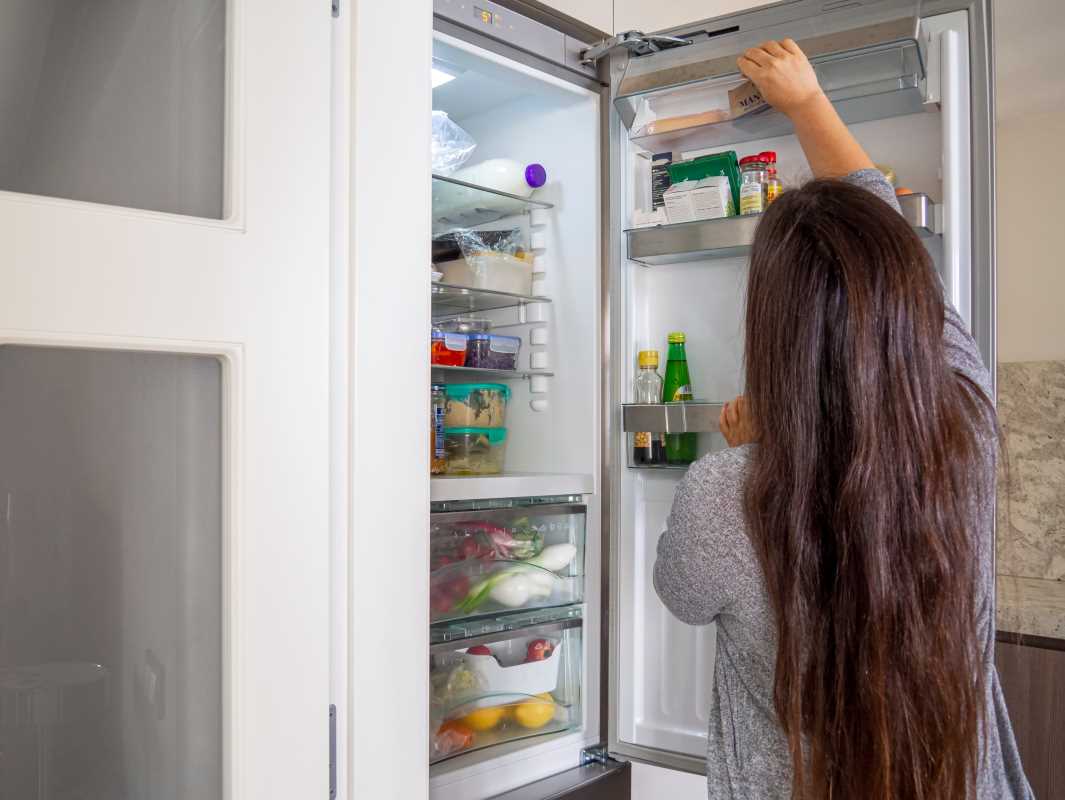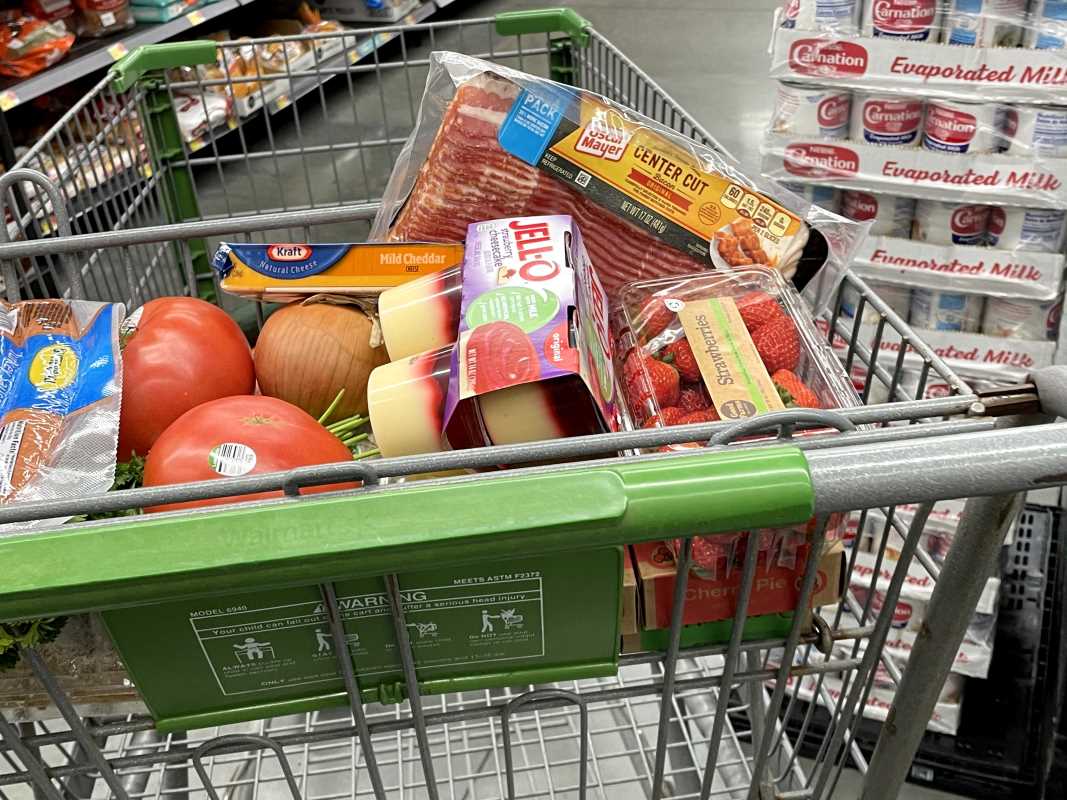Sharing your kitchen with your kids opens up a world of learning, creativity, and bonding—not to mention a little chaos and fun. Cooking together is about much more than preparing meals. It’s an opportunity to empower your kids, foster their confidence, and make memories that will stick around long after the dishes are washed (or not). Here’s how to make cooking fun, educational, and rewarding for the whole family. Plus, we’ve added more detailed tips and recipes to get even the smallest chefs excited about tying on an apron.
Why Get Kids in the Kitchen
Cooking with kids isn’t just about feeding their stomachs; it’s about nurturing their minds. When children cook, they engage multiple skills at once:
- Practical Math: Measuring ingredients, dividing portions, and adjusting recipes teach basic arithmetic naturally.
- Basic Science: Watching dough rise or cheese melt helps kids see chemical reactions in action.
- Problem-Solving: A recipe is a puzzle, and kids learn to follow steps while thinking critically about what comes next.
- Language Development: Reading recipes strengthens their vocabulary and comprehension.
- Teamwork: Cooking with family teaches collaboration and responsibility.
Beyond academics, cooking gives kids a sense of accomplishment. There’s pure joy in tasting something you helped create, and it’s a powerful way to build confidence. “Look what I made!” becomes a proud refrain, even if all they did was stir the soup or sprinkle cheese on a pizza.
Then there’s the nostalgia. Years down the road, that banana bread you baked together or those Saturday pancake mornings will become cherished family memories.
Tips for Cooking Together
Cooking with little ones can seem messy (and it will be), but with a bit of planning, the benefits far outweigh the effort. Use these tips to make the kitchen inviting and enjoyable for everyone.
1. Keep It Age-Appropriate
Teaching kitchen skills is like building blocks; starting small helps kids feel successful. Match their tasks to their abilities, and gradually increase the complexity as they grow.
- Young kids (2-5): Washing fruits and veggies, stirring mixes, sprinkling ingredients, tearing herbs.
- Grade-schoolers (6-10): Measuring ingredients, cracking eggs, grating cheese, peeling softer fruits (like bananas or avocados).
- Tweens and teens (11+): Chopping with supervision, sautéing vegetables, following recipes, and even experimenting with meal planning.
The trick is to stretch their abilities without overwhelming them. If they feel capable and welcome, they’ll want to keep coming back to the kitchen.
2. Choose Simple, Visual Recipes
Simple recipes aren’t just easier; they’re also more fun. Look for recipes with clear, visual steps and fewer ingredients. Bright colors and familiar foods make a great starting point. Think rainbow wraps, colorful pizzas, and cookies with mix-ins they can choose themselves.
Don’t be afraid to ride the wave of curiosity. Is your picky eater suddenly obsessed with blueberries? Bake blueberry muffins together. Did they just discover tacos at a friend’s house? Try a taco-building night.
3. Accept the Mess
If you expect a sparkling clean kitchen, you’re setting yourself up for frustration. Instead, lean into the mess and treat spills as part of the experience. Lay down newspapers for easy cleanup, keep aprons handy (or old shirts), and have some wet wipes within arm’s reach.
Turn clean-up into part of the fun. Race against the timer to see who can put the most measuring cups away in one minute, or pretend the sponge is a “cleanup rocket” zooming around.
4. Teach Safety First
Even kids who are eager to grab a whisk or a knife need to understand safety from day one. Demonstrate how to safely use tools before letting them try. Show smaller kids how to hold a spoon properly, keep their fingers out of bowls and mixers, and never touch the stove.
For older kids, teach proper knife handling, like how to use a “bear claw” grip to protect their fingers, and the importance of not rushing through tasks. Remind everyone to always wash their hands before and after handling food and to watch out for hot surfaces.
5. Celebrate Effort
Mistakes will happen. An egg might end up on the counter instead of the bowl, or someone might confuse the salt with the sugar. Instead of focusing on missteps, praise their willingness to try. Effort deserves a standing ovation in the kitchen.
Additional Kid-Friendly Recipes
Here are more easy wins for helping little chefs build skills (and confidence) in the kitchen.
Trail Mix Your Way
What You Need
- Plain popcorn or whole-grain cereal
- Nuts (almonds, cashews, peanuts)
- Dried fruit (raisins, cranberries, banana chips)
- Chocolate chips or mini pretzels
How Kids Help
- Pick their favorite ingredients and mix them up in a bowl.
- Portion the mix into snack bags for easy school snacks or car rides.
Trail mix is great for teaching kids about balance. They get to sneak in a few chocolate chips without overindulging because the rest of the snack is healthy.
Pancake Faces
What You Need
- Pancake batter (box mix or homemade)
- Toppings like berries, bananas, chocolate chips, yogurt, or whipped cream
How Kids Help
- Pour batter (with assistance for younger kids)
- Use toppings to decorate pancakes with smiley faces, animals, or crazy designs
Cooking pancakes as a family can quickly become a Saturday ritual. Kids will love experimenting with their pancake designs and eating their creations afterward!
Zucchini Pizza Bites
What You Need
- Sliced zucchini rounds
- Marinara or pizza sauce
- Shredded mozzarella cheese
- Mini pepperonis or veggies
How Kids Help
- Spoon sauce onto the zucchini slices
- Sprinkle cheese and choose toppings
- Watch as they bake (an adult handles the oven)
These bite-sized snacks are adorable and give kids a mini pizza experience with a healthy twist.
Fruit Kabobs
What You Need
- Wooden or reusable skewers
- A variety of fruits (grapes, strawberries, pineapple chunks, and melon balls work great)
How Kids Help
- Thread fruit onto the skewers (younger kids might need help with sharper sticks)
- Arrange them in pretty patterns or rainbow colors
Fruit kabobs are not only fun to make but also quick to eat. Perfect for a picnic or backyard snack.
Build a Family Cooking Routine
Habits form when you make an activity part of your regular schedule. Consider making family cooking a weekly event. Designate one evening or weekend morning as “kitchen time.”
Rotate responsibilities:
- One week, an older child can pick the recipe.
- Another week, a younger sibling might be in charge of setting up the pantry items.
- Everyone has a role, making it feel like an exciting family project.
Celebrate every dish, even if it doesn’t look exactly like the picture in the book. Talk about what worked, what could be better next time, and what your family wants to try next.
It’s also a chance to introduce them to new foods. Make it an adventure by cooking recipes from different cultures. Tacos one week, sushi rolls the next, and maybe homemade pasta after that.
Beyond the Kitchen
The joy of cooking doesn’t have to stay in the kitchen. Strong skills can translate into growing their own food in a garden, understanding food waste, and learning how to be resourceful. Teaching them where their food comes from makes the experience even richer.
For instance, if you use fresh herbs while cooking, explain how they grow and maybe even start a small herb garden together. Watching plants sprout and thrive is just as rewarding for kids as watching muffins rise in the oven.
Cooking together also provides a natural segue into deeper family conversations. While stirring a pot of soup or rolling cookie dough, kids often start opening up about their day, their thoughts, and even their worries.
Ending with a Full Heart
When kids race to the kitchen asking, “What are we cooking today?” you know you’ve done something right. By teaching them the joy of cooking, you’re serving up more than a meal. You’re instilling lifelong skills, promoting creativity, and strengthening bonds in a world where togetherness is increasingly rare.
 (Image via
(Image via





